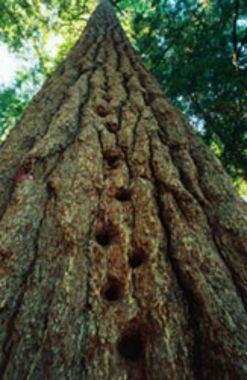Welcome to Indigenous Futures in Engineering, Queen's University
Search
Pine Forest & Logging Protection

Temagami: Deep Water by the Shore (Ontario)
Temagami is a region in Northeastern Ontario, north of Sudbury and North Bay, which covers 680,000 hectares of forest, lakes and rivers. It is named for the Teme-Augama Anishnabai (the Deep Water People) who have lived in the area for many generations. Their population numbers around 1700. The Temagami First Nation (TFN) and the Teme-Augama Anishnabai (TAA) are currently in negotiations with the Government of Ontario, to extend their claim to lands beyond their current holdings on Bear Island in Lake Temagami.
Their land claim goes back to 1877 when Chief Tonene protested to the federal government that lumber companies were felling trees in n'Daki Menan, his people's traditional homeland. The protest was based on the fact that the Teme-Augama Anishnabai had been excluded from the 1850 Robinson-Huron Treaty, and had not given up title or rights to their traditional lands. Chief Tonene asked the government to create a reserve which would protect his people and their land from the lumber companies. More than 100 years later, the situation is still not resolved. Lumber companies have been interested in the Temagami region for so long because it is home to the densest area of old growth Red and White Pine forest in the world. These trees are quite large, and because of their size can be used for many products, like furniture and giant plywood sheets. The trees also hold a spiritual significance for First Nations peoples of the region. The forest stands have been in place for over 7,000 years. Some of the trees are over 350 years old. Old growth forests are living entities: because of their age, they house highly developed, stable and self-sustained ecosystems. Within these systems are complex and delicate food webs which are sensitive to changes in the local environment, and very sensitive to the effects of forest harvesting. A good proportion of the old growth forest is now protected from logging in order to protect the ecosystems they contain.
graphic via earthroots
